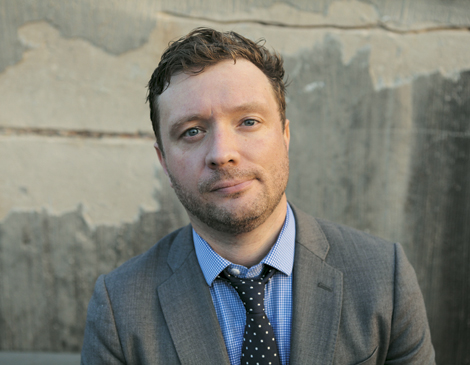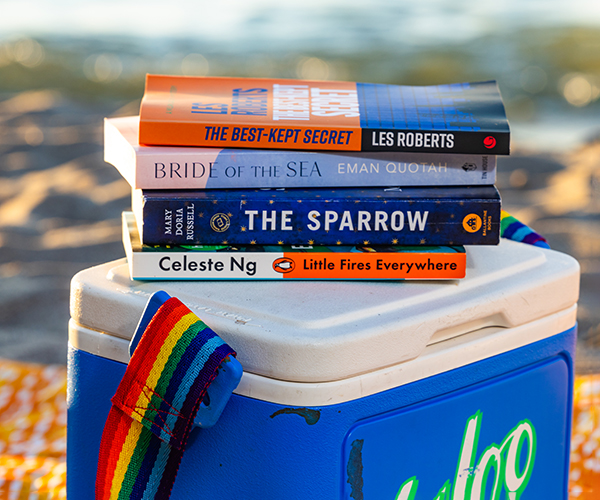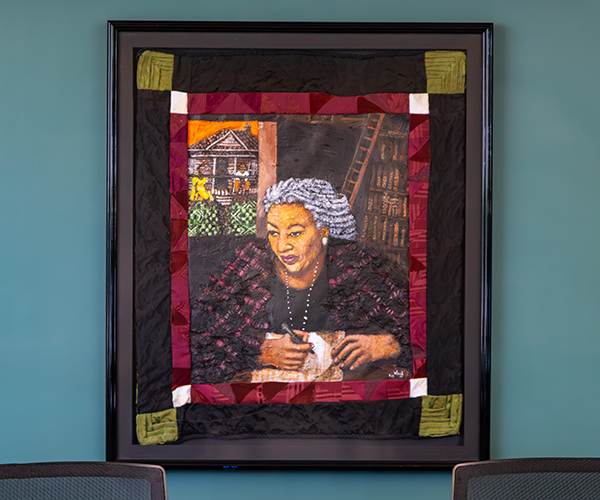On May 19, 1975, Harry J. Franks was struck with a lead pipe, doused with acid and shot outside the Fairmount Cut-Rate store in University Circle. Convicted solely on the testimony of a bespectacled, local boy named Edward Vernon, three men — Ronnie Bridgeman (now known as Kwame Ajamu), his brother Wiley and their friend Rickey Jackson — went on to spend a cumulative 106 years in prison for a crime they did not commit.
In his Feb. 12 release Good Kids, Bad City: A Story of Race and Wrongful Conviction in America (Picador, $29), Washington Post staff writer Kyle Swenson examines the longest wrongful imprisonment in the country to end in exoneration. In it, the Cleveland native pens a harrowing portrait of the city’s racial politics, a searing indictment of a violent, corrupt police department and a deep dive into a flawed justice system.
“I found myself going down a lot of rabbit holes, but it was fascinating to follow all the threads,” says Swenson, a University School graduate who first chronicled the story in a 2011 Cleveland Scene article. He addresses the City Club about the case Feb. 20. Here, Swenson talks about the story’s origin and a city struggling with the same issues 40 years later.
Kwame Ajamu (Ronnie Bridgeman) was the first of the three to be released from prison in 2003. What did you think when you first met him eight years later?
A. He had this incredible story to tell, but I had a kind of kick-the-tires feeling about this. Most people in journalism have been lied to at some point. But Kwame radiated the truth. My eureka moment came when I read the wildly inconsistent trial transcripts and realized he was 100 percent telling the truth.
Q. What can Cleveland readers learn about the city from this case?
A. It’s easy to be seduced by the downtown development, but physical segregation has deepened. We ignore things happening in communities we don’t interact with. The city has to be honest about its past … and honest about its future.
Q. How has writing this story influenced your career?
A. It’s definitely made me a true believer in journalism. It’s taught me to look in the corners for stories, places that are sometimes ignored by the mainstream media. And it’s showed me this type of work can actually impact people’s lives.




